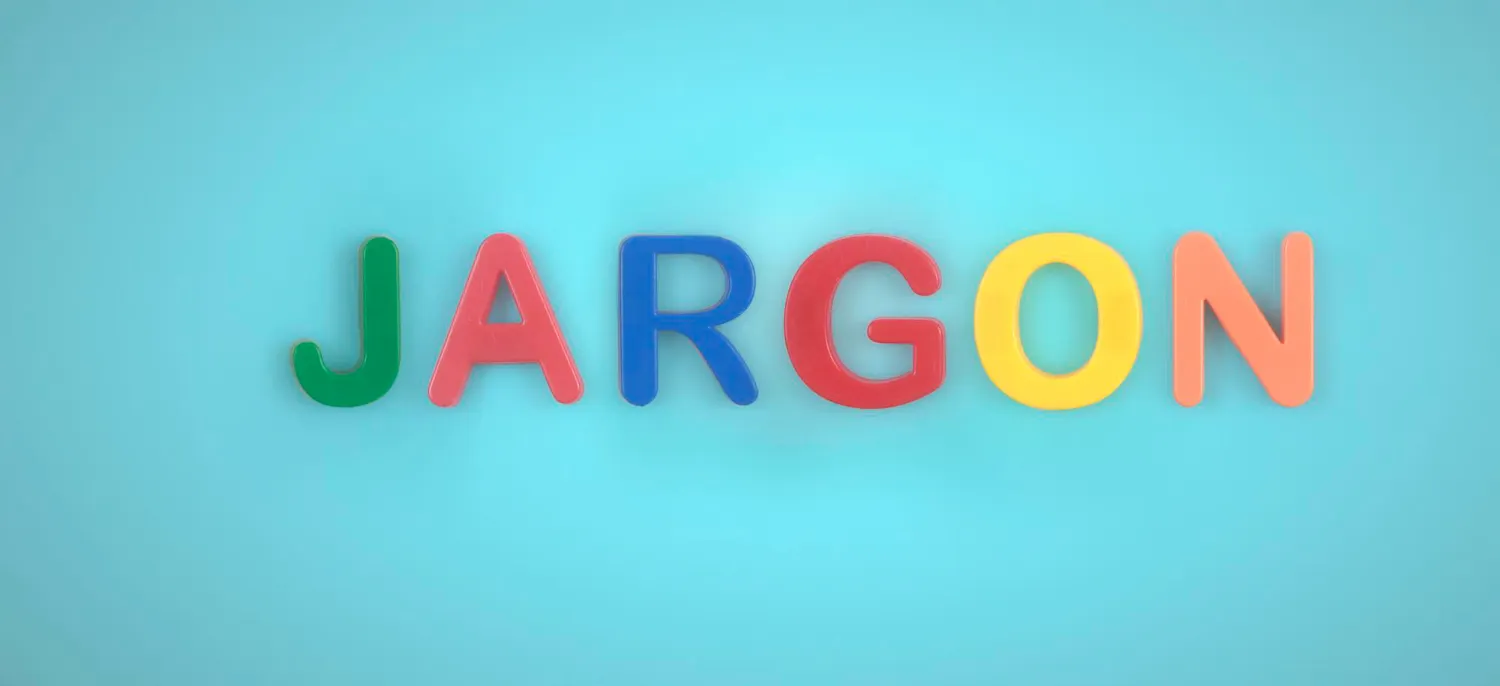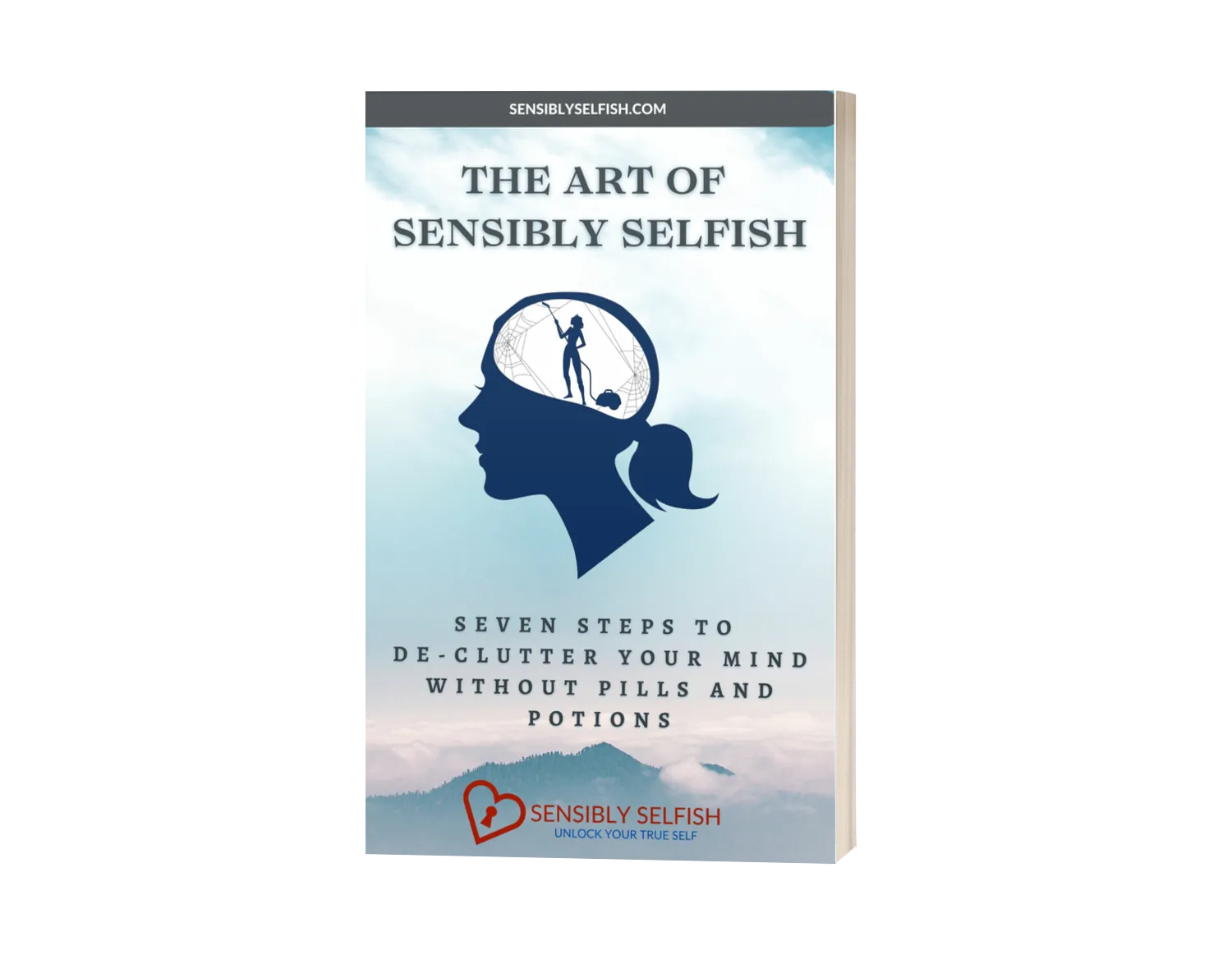Communicating with Clarity
The Essence of Effective Expression

[Toc]
Lost in Translation
"The most important thing in communication is hearing what isn't said." — Peter Drucker
In a world bustling with words, the true essence of communication often gets lost in translation. The ability to convey ideas simply is a profound skill that bridges gaps and fosters connection. This post dives into the heart of effective expression, offering insights on how to communicate thoughts clearly and connect with a diverse audience.
The Power of Clear Expression
"You can have brilliant ideas, but if you can't get them across, your ideas won't get you anywhere." — Lee Iacocca
At its core, communication is a conduit for sharing ideas and emotions. Yet, amidst the noise, the power of clear expression can be overlooked. Effective communication isn't about simplifying ideas to the point of distortion; rather, it's about distilling complex thoughts into accessible terms. This practice unlocks the door to genuine connections, encouraging empathy and mutual understanding.

Crafting Simplicity in Communication
"Simplicity is the ultimate sophistication." — Leonardo da Vinci
Breaking down intricate concepts is an art that few master. In a world where jargon can act as a barrier, simplicity reigns as the great equalizer. Consider conveying sophisticated ideas through relatable imagery. Just as an artist blends colors to create a masterpiece, we can blend familiar examples with abstract concepts. By likening technical ideas to everyday scenarios, we create bridges between the known and the unfamiliar, enabling deeper comprehension.
[CTA]
"Your words have power. Speak words that are kind, loving, positive, uplifting, encouraging, and life-giving." — Mandy Hale
Active Listening and Empathy
"I've learned that people will forget what you said, people will forget what you did, but people will never forget how you made them feel." — Maya Angelou
Two-way communication is the heart of connection. Encourage questions and create a safe space for curiosity. Active listening, where the focus is on the speaker, encourages meaningful dialogue. And then there's empathy—the bridge that links hearts. Sharing personal stories that resonate with your audience allows them to connect with your message on a deeper level.
Effective communication isn't just about the words we speak—it's also about the unspoken nuances that connect us. Active listening forms the bedrock of understanding; it's a practice that goes beyond hearing to truly comprehend the speaker's emotions and intentions. When we actively listen, we create space for empathy to flourish.
Empathy is the art of understanding and sharing the feelings of another. It's about walking in someone else's shoes and acknowledging their perspective. By tapping into our own emotions and experiences, we build bridges that span differences. Empathy humanizes our interactions and makes our words resonate on a deeper level.

Intuition and Communication
"The biggest communication problem is we do not listen to understand. We listen to reply." — Stephen R. Covey
Intuition, often referred to as a "gut feeling," adds another layer to effective communication. It's the inner compass that guides us toward what's unsaid. Intuition lets us pick up on subtle cues—facial expressions, tone of voice, or body language—that often convey more than words alone. By trusting our intuition, we can address unspoken concerns and offer support even when not explicitly asked.
Intuition acts as a silent collaborator in communication. Often, it's that nudge that prompts us to ask, "Is everything okay?" when we sense tension beneath the surface. Harnessing intuition requires being present at the moment and attuned to the energies around us.
Think about a time when you just knew something wasn't right, despite no concrete evidence. Intuition communicates in whispers, and recognizing these whispers enhances our ability to connect deeply. When engaged in conversations, listen not only to the words spoken but also to the intuitive signals that may be guiding the interaction.
Intuitive communication fosters authenticity. When we address unspoken concerns, we show our commitment to understanding beyond the surface. By acknowledging unvoiced emotions, we create an environment of trust that encourages open dialogue. Intuition isn't mystical; it's an evolved sense that arises from attentive listening and empathy.

Practical Techniques for Effective Communication
"The art of communication is the language of leadership." — James Humes
The journey to effective communication is a multifaceted endeavor that requires a toolkit of techniques. These strategies work in harmony to create a symphony of understanding and connection:
Condense Wordy Sentences
In a world where attention spans are fleeting, brevity shines. Trim excess from your sentences while preserving the core essence. Every word should serve a purpose, carrying the weight of your message. By distilling information to its essence, you craft sentences that are sharp, impactful, and memorable. The art of condensing words is an invitation to respect your audience's time and attention. As you talk, also utilize the space between your words, this is where the magic of communication lies.
Enrich Dialogue with Vibrant Imagery
Our minds are wired to respond to visuals. When sharing an idea, infuse your words with vivid imagery that captures the imagination. Just as a painter employs colors to convey emotion, you can use descriptive language to evoke feelings and understanding. Paint a mental picture that resonates with your audience, transporting them into the heart of your message. By engaging their senses, you create an experience that lingers.
Bridging the Gap Between Familiar and Unfamiliar
Analogies are bridges that connect the known to the unknown. Imagine explaining a complex concept as if it were a puzzle piece fitting into a larger picture—a puzzle that, when solved, reveals the beauty of your idea. By finding common ground between the familiar and the unfamiliar, you make intricate topics accessible and relatable. Analogies create "aha" moments, sparking connections that illuminate understanding.
The Dynamic Dance of Engagement
Communication is a dance, a dynamic exchange between speaker and listener. Invite your audience to be part of this dance by encouraging questions. When they inquire, they actively engage with your message, signaling their interest. Answering their questions shows respect for their curiosity and investment. By making your communication a dialogue rather than a monologue, you create an environment of shared exploration.
Weave Personal Experiences for Deeper Connection
The human experience is inherently emotional. Sharing personal experiences within your communication is like inviting someone into your world. Whether it's a success story, a challenge you've overcome, or a vulnerable moment, these anecdotes forge connections on a human level. By showing your own vulnerability, you create a safe space for others to connect with your message. Empathy forms the bridge that brings hearts closer.

Building Bridges Through Communication
"Clarity of communication is the key to the success of any endeavor." — Taylor Swift
In a world where diverse perspectives converge, the ability to communicate effectively is a universal connector. By embracing clarity and simplicity, we bridge divides, fostering relationships grounded in understanding. With genuine communication, we transform interactions from transactional to transformational, enriching our lives and the lives of those we touch.
Eager to share your own journey in communication? Join us in creating bridges through understanding. Stay connected for more insights on cultivating effective communication. Don't forget to download our comprehensive guide to elevate your interactions.
"The single biggest problem in communication is the illusion that it has taken place." — George Bernard Shaw









